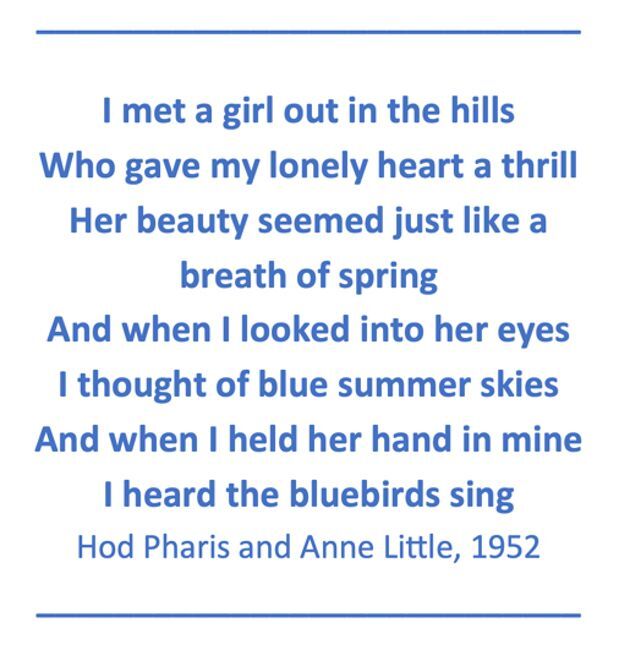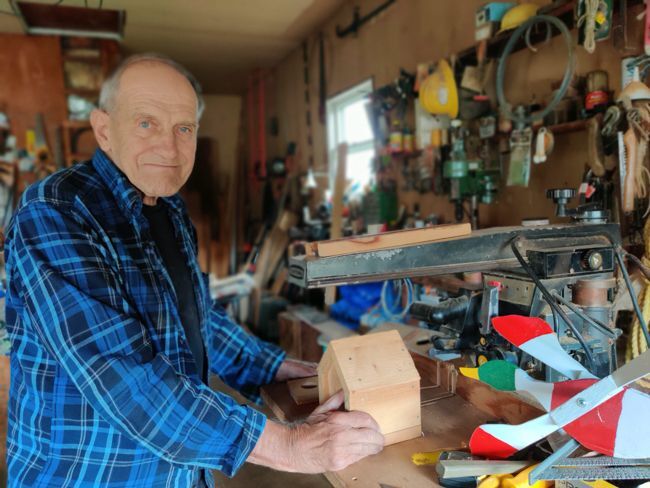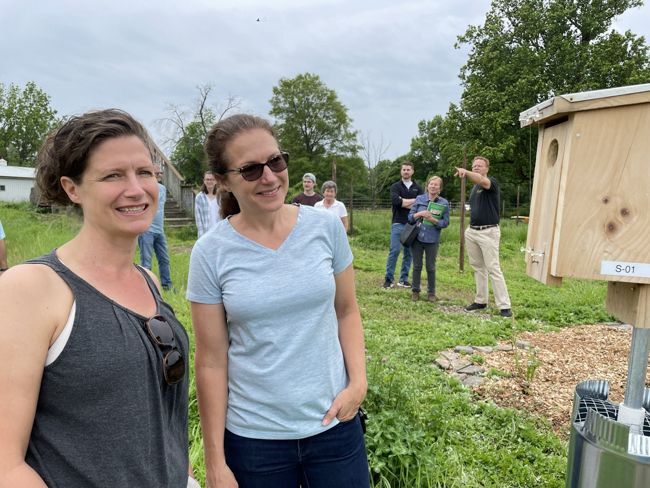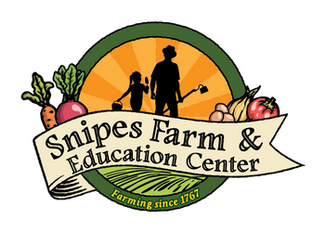Storied Bluebird Makes a Comeback at Snipes Farm in Morrisville
The birth of five bluebird babies was celebrated at the dedication of the Blade Bluebird Trail at the Snipes Farm in Lower Bucks County
Morrisville, PA
May 13, 2023
The storied bluebird, whose gentle beauty and sweet songs have inspired generations of poets and songwriters, has made a home at the Snipes Farm & Education Center (SFEC) in Morrisville.

In February, volunteers installed 18 bluebird homes along the fields and woods surrounding the 7th generation Quaker farm, hoping to attract a few of the bright blue-and-brown birds who faced extinction 100 years ago.
Then, in April, a pair of Eastern Bluebirds made their home in House No. 1, giving birth to five babies.
Those bluebird babies achieved celebrity status April 8 as one person after another at the official dedication of the Blade Bluebird Trail

respectfully peeked into the nest to view five tiny pink-and-gray creatures, barely recognizable as birds.
It was the first known family of bluebirds to make their home in Morrisville as far back as anyone can remember. More are expected to nest along the Blade Bluebird Trail as time goes on.
The Bluebird Trail at Snipes Farm is named after Ward Blade, a New York civil engineer who enjoyed making things from wood, including his own two-story home and over 100 bluebird boxes.
Heidi Blade, Wade’s daughter, hatched the idea of installing a nest-box trail at Snipes Farm after meeting

SFEC Board member Carolyn Dorph at a Penn State University Extension Master Gardener Program. Heidi said in an interview with the Princeton US 1 newspaper that the idea so invigorated her father that, in spite of his poor health, “he went to his garage workshop and built five more boxes” for Snipes Farm. Wade died in December 2022 and was unable to witness the installation of the bluebird boxes in February.

Carolyn, who initiated the project at the farm and is now SFEC board chair, says she is grateful for the generosity of the Blade family in making the project possible.
“It’s a great fit for the mission of the farm,” she said recently, noting that Snipes Farm & Education Center is devoted not only to sustainable organic farming but also to conservation of nature through careful stewardship of water, soil and native species throughout the property,

including along its woodland Nature Trail and open fields.
Bluebirds were revered by Native Americans long before they entered the consciousness of early American colonists. They hung gourds over drying meat so the birds would nest there and eat pesky insects flying over their future food supply.
European colonists valued them, too, hanging boxes in their fields to encourage the birds to make a home and catch the insects harming their crops. But the Europeans made the mistake of importing native birds from their homeland, notably the English House Sparrow and European Starling, to also help with insect control.
The arrival of these highly competitive European birds, and later the widespread use of the pesticide DDT, led to the near extinction of the Eastern Bluebird from 1920- 1970.
In 1978 the North American Bluebird Society was formed to revive the dwindling population. Volunteers from across the country built special bluebird nesting boxes to discourage attacks from other birds and animal species, and they set up trails of these boxes to create bluebird communities. The bluebird house trails are monitored by volunteers to maintain a record of their numbers and health.


